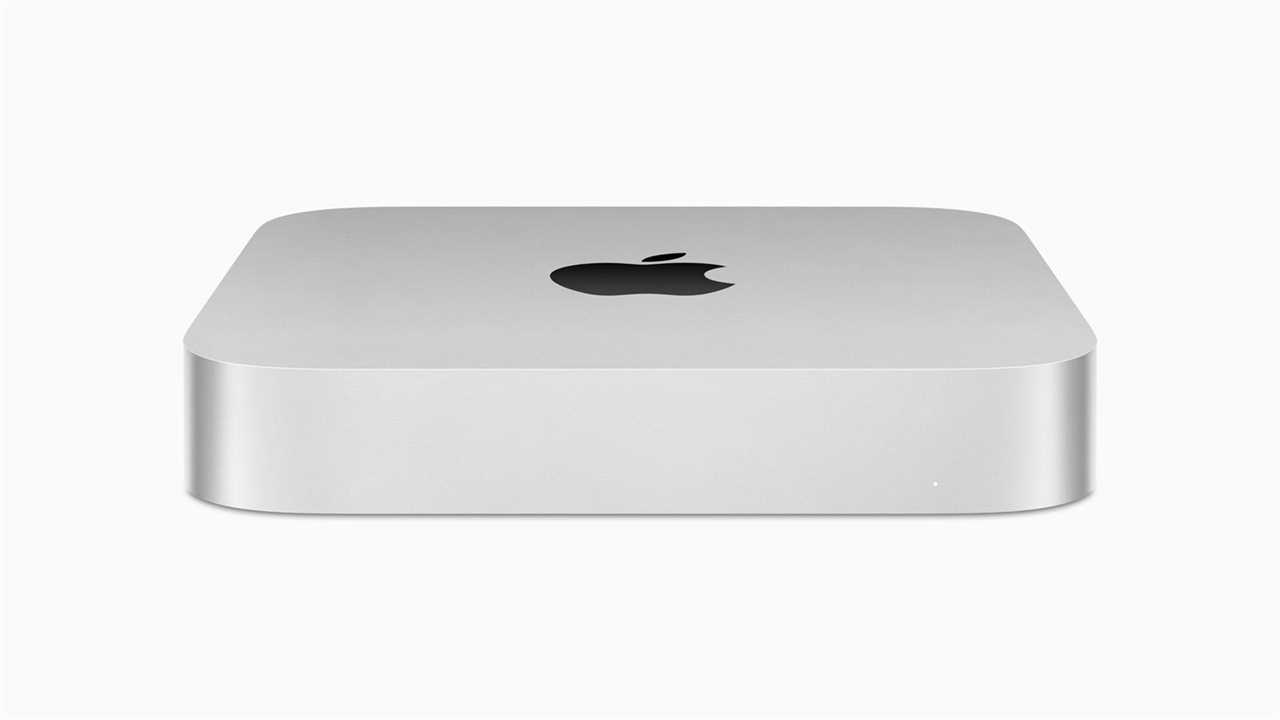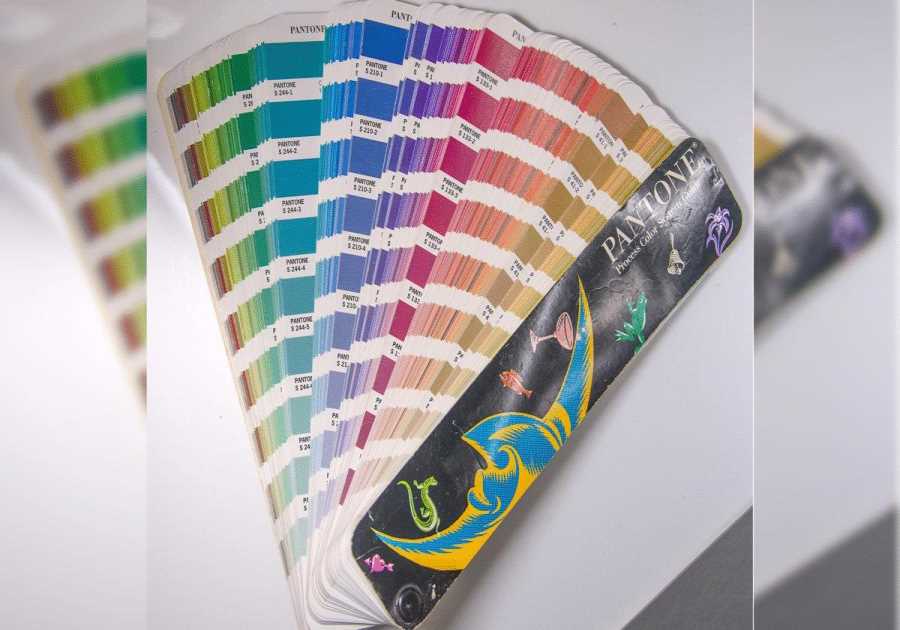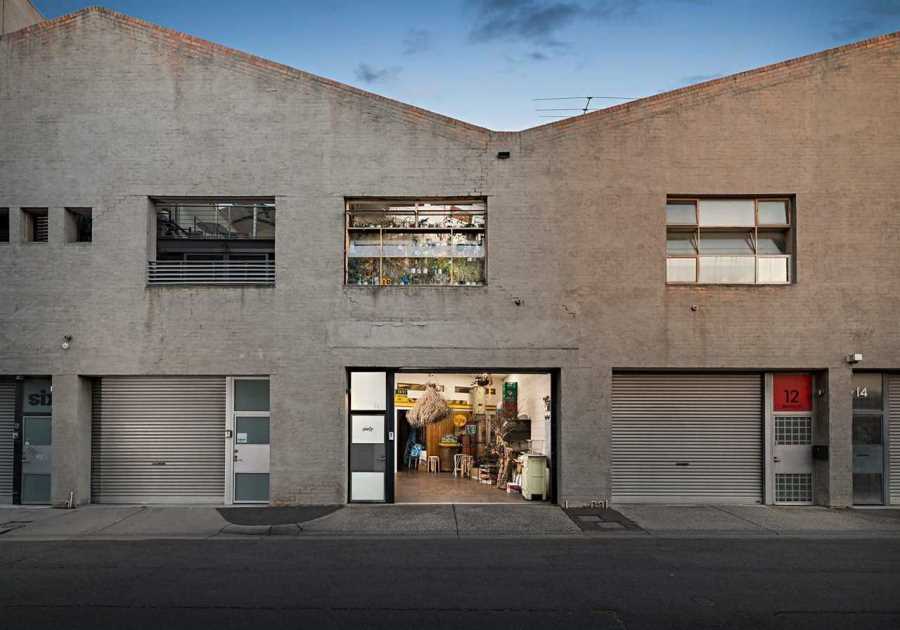When Apple introduced the Mac mini in 2005 at Macworld San Francisco, it was meant to be a true starter Mac. Half the price of an iBook and $200 less than an eMac, the Mac mini wasn’t a speed demon but it was powerful enough to handle mid-level tasks. And if you had a keyboard, monitor, and mouse, it was great value at $499.
However, the value didn’t last. When the Intel model arrived in 2006, Apple upped the price to $599, then to $699 in 2010. It briefly returned to $499 in 2014 with a cut-rate model that seemed to exist only to justify spending more, and in 2018 jumped to its highest entry-level price, $799. The M1 update in 2020 brought a $100 price cut to bring it back to $699, and now the M2 refresh pushes it even lower to $599, a price point we haven’t seen in more than a decade.
A hundred bucks might not seem like much, but it’s a significant 15 percent reduction in price and a sign that Apple might just be returning to the Mac mini’s roots. (Of course, Apple being Apple, it arrives alongside a $1,299 model with an M2 Pro processor that’s probably $200 too high, but I’ll leave that alone.) That means the usual retailer discounts will likely bring it down to around $499 in a few months.
That makes the Mac mini a true budget Mac again, and one that isn’t just a discounted older model. The Mac mini is once again what Apple always wanted it to be: A switcher machine.
Mighty mini
Over its 17-year lifespan, the Mac mini has gone through surprisingly few major changes. It started out as a 6.5-inch by 2-inch square, and is now a 7.75-inch by 1.41-inch square. It was Apple’s first “stripped down Mac” where, to quote Steve Jobs, “We supply the computer, you supply the rest.” It still comes with little more than a power supply in the box.
The original presentation was surprisingly candid. Jobs famously called it BYODKM, meaning bring your own display, keyboard, and mouse, but it wasn’t meant to adorn a $999 Cinema Display or a $69 Wireless Keyboard. Rather, Apple wanted you to use the same low-cost monitor, keyboard and mouse you bought for your PC. Steve even showed the mini next to a crude drawing of a clunky CRT that drew laughs from the audience.
The Mac mini was named after the iPod mini and was engineered to be “quiet,” “tiny,” and “robust,” and priced so “People who are thinking of switching have no more excuses.” Steve called it “the cheapest computer Apple’s ever offered,” and even the box got cheers from the audience. It was the first value Mac and appeared poised to break through the dominant PC wall.
That didn’t happen, largely because Apple quickly abandoned its strategy. The Mac mini got sporadic updates and unnecessary price hikes, and never really had much of an identity. Yes, it has consistently been Apple’s cheapest Mac, but it wasn’t always the best value. The M1 brought some of that back, but the M2 model really drives it home.
The M2 Pro Mac mini can once again rival the best budget PCs—even if you choose to hook it up to a $1,599 Studio Display.
Apple
And there’s nothing sacrificed from its M1 predecessor. The M2 Mac mini has the same ports and design as the M1 model, with a faster processor, higher memory options, better display support, and Wi-Fi 6E. That’s an excellent upgrade from a 2018 Intel Core i5 model at about half the price, and the only things you’re giving up are a pair of USB-C ports and the Space Gray finish.
And for the first time in many years, you won’t feel like you overpaid for the Mac mini. Whether you’re upgrading or switching, the $599 M2 Mac mini is one of the best Mac bargains in years and a return to what it’s supposed to be: Apple’s smallest, cheapest, and most versatile Mac.
Read More
Title: The square Mac mini has come full circle
Sourced From: www.macworld.com/article/1475814/m2-mac-mini-budget-specs-byodkm.html
Published Date: Wed, 18 Jan 2023 14:08:07 +0000
Did you miss our previous article...
https://trendinginbusiness.business/technology/be-ready-for-anything-with-the-batterypowered-ecoflow-delta-generator
.png)






